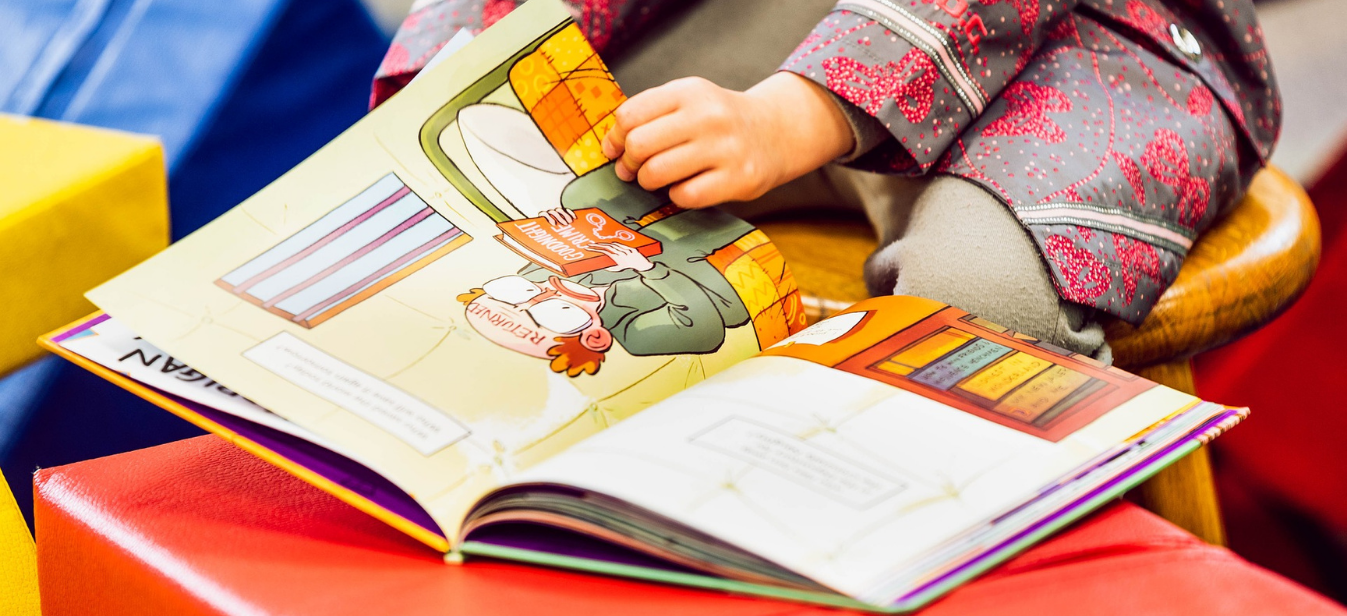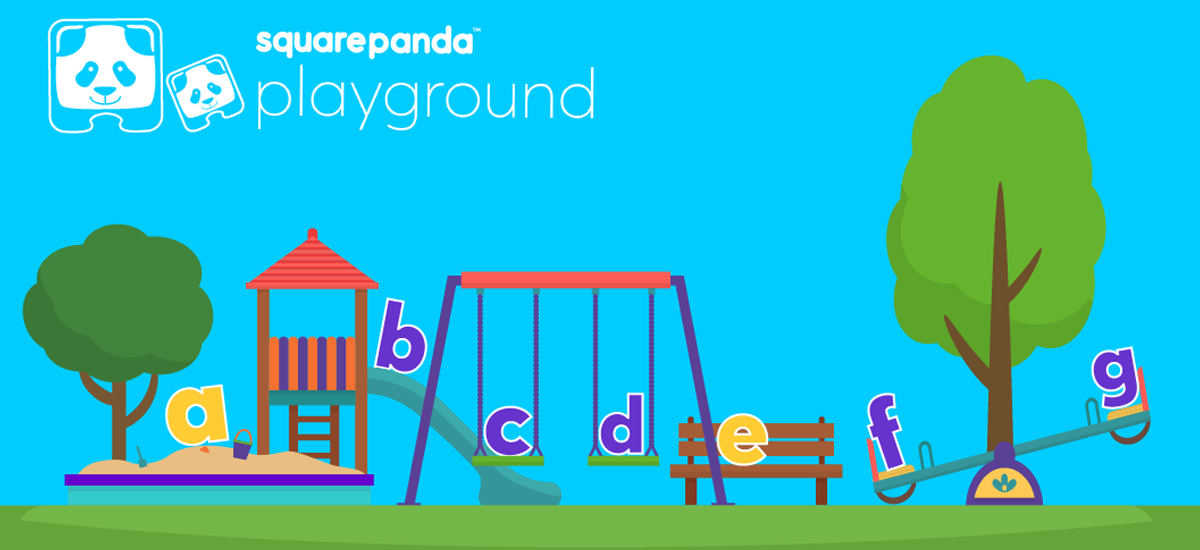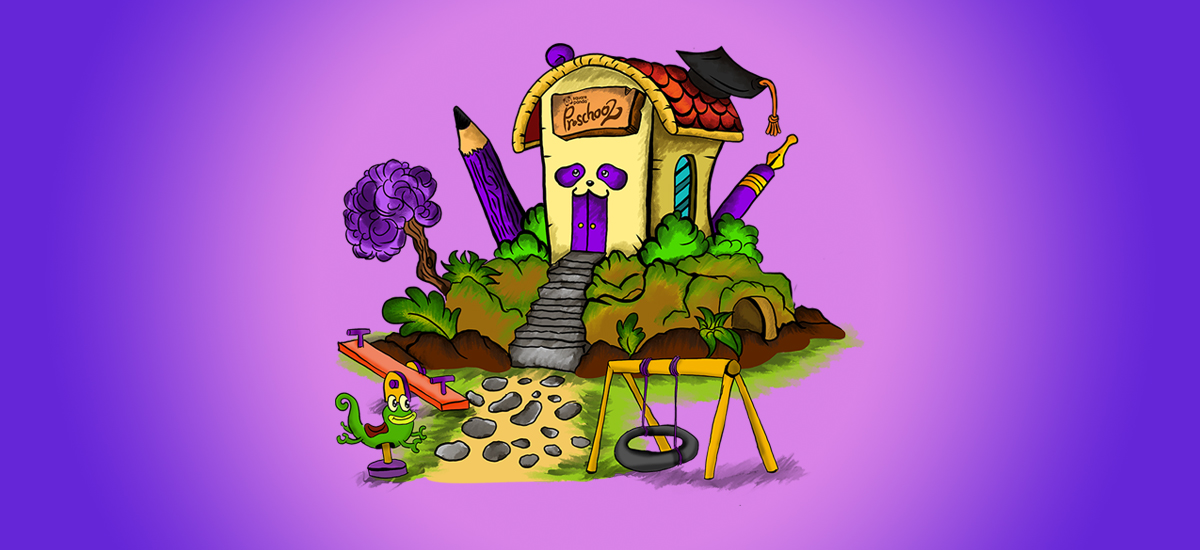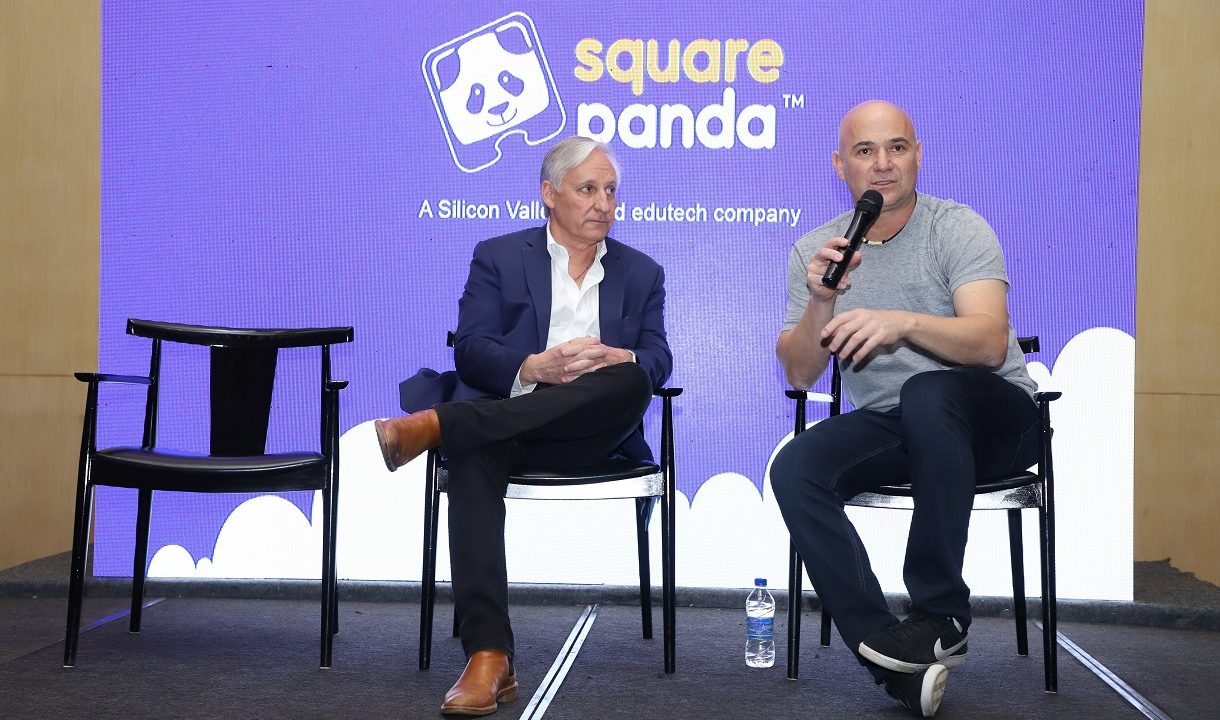
Children’s futures are shaped by those who teach them. In many homes across India — where parents often lack access to appropriate educational resources — caregivers and educators are the primary source of learning for young children. For a chance at a better future, however, we believe the responsibility towards learning should not rest solely on these educators and caregivers, but must also lie with the children themselves. Our efforts should concentrate on making children more independent while learning.
Why Focus On Creating Independent Learners?
Research driven by the Education Endowment Foundation (EEF) shows independent learning has immense benefits to children, and is a high-impact, low-cost way to improve learning outcomes.
The advantages of inculcating independent study skills are far-reaching. A report named ‘What is Independent Learning and What are the Benefits for Students? (2008)’, stated the following benefits of independent learning for children:
– Develop more self-confidence
– They feel in control
– Creativity increases
– Increased social inclusion
– Ability to complete varied tasks set by teachers and caregivers
Encouraging such independent learning can happen from a very young age, but educators and caregivers need to understand how much guided intervention is needed, and when children are expected to be self-reliant. Here are five simple strategies to help turn young children into independent learners.
1. Partner with parents
“In a 24-hour day, eight hours are the school’s time, eight hours are the child’s own time of sleep, and eight hours are the home time. Any learning that is happening in early childhood education, 1/3 rd of it is happening at home,” says Dr. Jawahar Surisetti (Advisor to Government, TED Speaker, Smart City Consultant, Start-Up Mentor, Psychologist, Bestselling Author, Speaking Tree Columnist).
Studies indicate children’s learning outcomes improve when they have the right guidance and instructional support even outside the classroom. Build a looped early learning ecosystem by increasing parental involvement in their child’s learning. Higher parental engagement supports learning even outside school hours and increases the likelihood of children wanting to learn without guided instruction.
For example, Square Panda India’s learning program for children has an in-built adaptive engine that reads individual children’s digital activity and provides real-time data to adults (parents, teachers, district administrators), whether the child is at home or is in school.
2. Build special learning spaces
A key step to inculcating self-learning habits is designating a special space to learn. Set aside one corner of the classroom/home as a ‘learning corner’ filled with fun learning props. Partnering with parents comes in handy here; recruit them, or better yet, ask your students to help in creating their own learning spaces. Some examples of such spaces include:
- Reading Corner: To turn your pre-readers into independent readers, you will need to give them easy access to books, both physical and digital. Hang a basket or set a colourful bucket within easy reach of your kids, and fill it with books of all kinds. This gives them an opportunity to read a book of their choosing.
- Creative Corner: Fill this space with child-friendly creative tools like paint, crayons, art paper, magazine cutouts, colour pencils, and more. Let children doodle, finger paint, and express their ideas in any way they choose.
- Free-play Area: Grab different toys and trinkets you think your little learners would play with, and let them enjoy this space.
3. Offer children a choice
Choices reflect preferences and interests. Children that are given a choice are encouraged to take a bigger role in their own learning. Asking them to make a choice on something simple (which colour do you want to use) or more complex (what items do you want to add in this learning corner) empowers children and gives them control over varied aspects of their learning.
4. Assign groups
Children should be able to identify the people around them as potential resources to solve problems. Build teams and groups of children for projects and play-time as well. Letting them learn from their peers can benefit their independent learning as well. Working with others not only develops their social emotional skills, but also helps them solve problems on their own to get answers rather than rely on the teacher/educator.
5. Identify and understand problem areas
Diverse classrooms with diverse learners mean educators and caregivers are faced with a diverse set of problems. Not every learner adapts to free expression quite the same way. In fact, multiple research studies into independent learning models prove some children do struggle with aspects of self-learning. Our task is identifying what these stumbling blocks are, and working with our early learning partners to solve these problems.
Some children could be more introverted than others and avoid speaking up, allowing others to take the lead. Caregivers need to monitor and address such issues, taking care to let everyone take a turn equally, in a safe, non-judgemental space.
Square Panda India’s Foundational Program Encourages Independent Learning
To show the efficacy of our foundational literacy program, we conducted projects across the states of Chattisgarh, Maharashtra, and Pune, with children aged 2-10. A comparison of results pre and post implementation showed us:
– Children across all three states could independently use words we taught in brand-new sentences.
– Children explored concepts and skills independently without guided instruction, at schools and at home.
– They learnt to use digital devices without guidance.
– The utility of Square Panda as an exploratory platform for independent learning.
– The high level of effectiveness teachers can achieve with it if used as a method of instruction.
Learn more about Square Panda India and our NEP 2020-aligned teaching-learning programs at ecce.squarepanda.in
Stay updated and follow us:
Facebook – https://www.facebook.com/SquarepandaSquarePandaIndia/
Twitter – https://twitter.com/squarepanda_edu
LinkedIn – https://www.linkedin.com/company/square-panda-in
Instagram – https://instagram.com/squarepanda.india
YouTube – https://youtube.com/channel/UCaN_P-_l30Rd0FmsGrhQLrQ
























 especially when Guest of Honour Andre Agassi walked in.
especially when Guest of Honour Andre Agassi walked in.












 Panel Speakers (from left to right): Bhavin Shah-Moderator, (Director-CEO, Education World), Vani Shastri (Director at SEED & Seed Academy, Chennai), Nitya Ramaswami (Executive Mentor, Alfa Group of Schools), Bhargavi Ajit (Adapt India).
Panel Speakers (from left to right): Bhavin Shah-Moderator, (Director-CEO, Education World), Vani Shastri (Director at SEED & Seed Academy, Chennai), Nitya Ramaswami (Executive Mentor, Alfa Group of Schools), Bhargavi Ajit (Adapt India).








